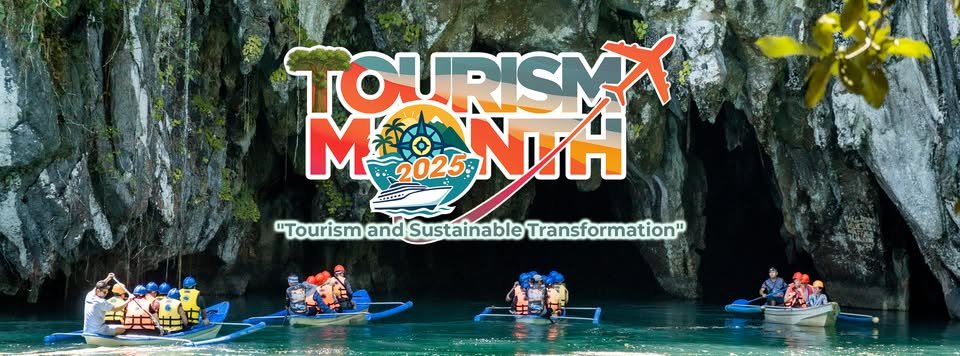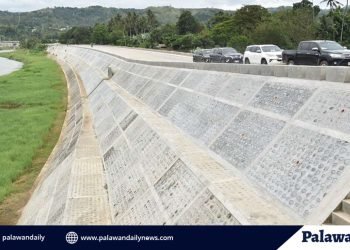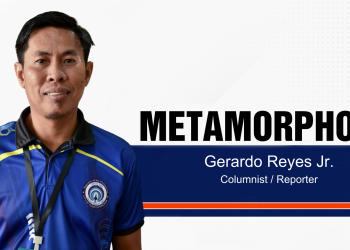Palawan marks 123 years today since the establishment of its civil government — a legacy shaped by Republic Act No. 9748, which declared June 23 of every year a special non-working holiday across the province and the City of Puerto Princesa.
It’s a date framed in history, a moment tied to 1902 when the American colonial government carved Palawan into three parts: Puerto Princesa, Calamianes, and Paragua. And over time, all these divisions were drawn back into one — a province gifted with unmatched beauty, biodiversity, and promise.
But 123 years later, how do we measure the progress?
Because in between the commemorative speeches and the ceremonial flag-raisings, we have to ask the hard question: How can you call Palawan a paradise when the locals can barely live with it?
Let’s strip the fantasy away. Outside of the beach resorts and foreign-funded developments, people are hurting. Our fisherfolk in the West Philippine Sea, some of the most hardworking and overlooked among us, sail into contested waters daily — vulnerable not only to the threat of Chinese harassment but to the unpredictable elements and inconsistent support. Their lives are not postcards. They are survival stories no one wants to print.
In Bugsuk Island, the Molbog communities face land-grabbing that erodes not only their ancestral domains but their cultural identity — all while officials turn blind eyes or, worse, act complicit. These are not whispers anymore. These are outcries. When will we stop pretending we do not hear them?
And then there are the children in the southern municipalities — in Rizal, Quezon, Balabac, and even parts of Brooke’s Point — walking kilometers through mud and mangrove just to reach makeshift classrooms with no electricity, no books, no chairs. Where is the future in that?
Let’s also talk about Puerto Princesa, the so-called model city. Floods routinely fill its streets. Power outages black out homes in the middle of school exams or hospital emergencies. Where is the accountability? Is a thriving city still thriving if it can’t keep its lights on?
Mining operations continue to ravage communities like Narra and Brooke’s Point — places rich not only in minerals but in lives and livelihoods. And while the province receives token benefits, the long-term costs of environmental degradation, displacement, and community division are carried solely by the locals.
HIV cases in MIMAROPA are rising fast, particularly among the youth — and still, sexual health education remains taboo or inadequate. In Mangsee Island, families bury their dead beneath the same houses they sleep in, because they have nowhere else to go. No cemetery. No land. No dignity. Just survival.
And what of the youth who don’t make it through the quiet suffering? There is no official number for the rising suicides among the young in Palawan — because you can’t count what you don’t care to notice. But the grief is there. I’ve spoken to mothers, to teachers, to friends. We are losing them in silence.
This is what 123 years looks like when you zoom in — when you trade the drone shots and speeches for bare feet, open wounds, and classrooms made of tarpaulin. This is what legacy means when it’s been dressed up for the guests but stripped bare for the hosts.
So unfortunately, this is not a feel-good piece. This is not a column written for applause. This is a reckoning.
Because 123 years after the founding of civil government in Palawan, too many of our people are still living in conditions that should have been buried with colonial rule. What have we done with our freedom if our fisherfolk still sail into danger, our children still study in half-collapsed huts, our dead still rest beneath dirt floors, and our youth still take their lives quietly — undocumented, unheard?
To those in power reading this — if these words sting, let them. If this truth unsettles you, then it’s doing exactly what it should. Governance is not about photo ops, ribbon cuttings, and press releases. It is about showing up — not just for the privileged few but for those you have never even visited.
Don’t tell us Palawan is a paradise if your people can’t eat, can’t study, can’t sleep without fear of floods, can’t bury their dead, can’t see a doctor, and can’t hope for anything better than survival.
I’ve been to Mangsee Island. I’ve stood on the same dirt where children run barefoot and loved ones are buried beneath floorboards. I’ve walked the muddy paths in Quezon and Rizal where students carry chairs to school because their classrooms have none. I’ve spoken to young people who say nothing — but whose silence carries the weight of generations of neglect. I have seen what you refuse to look at.
So again, I ask:
How can you call Palawan a paradise when the locals can barely live with it? This isn’t just a challenge. It’s a dare.
If you’re going to raise your glass today and toast to 123 years of civil governance, then make it mean something. Prove us wrong. Make this place livable — not just for the tourists, not just for the investors, but for the ones who call this island home.
Because until you do, every celebration is just noise echoing over broken promises. And we deserve more than that. We always have.






















